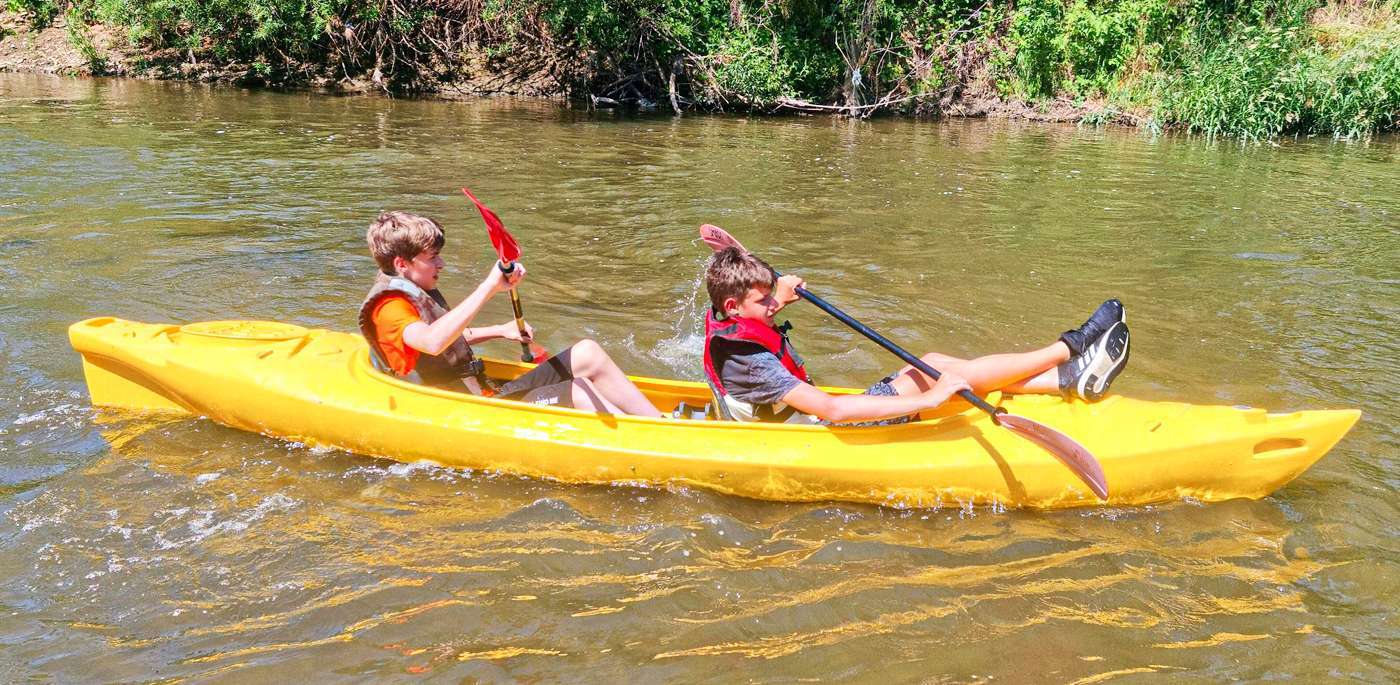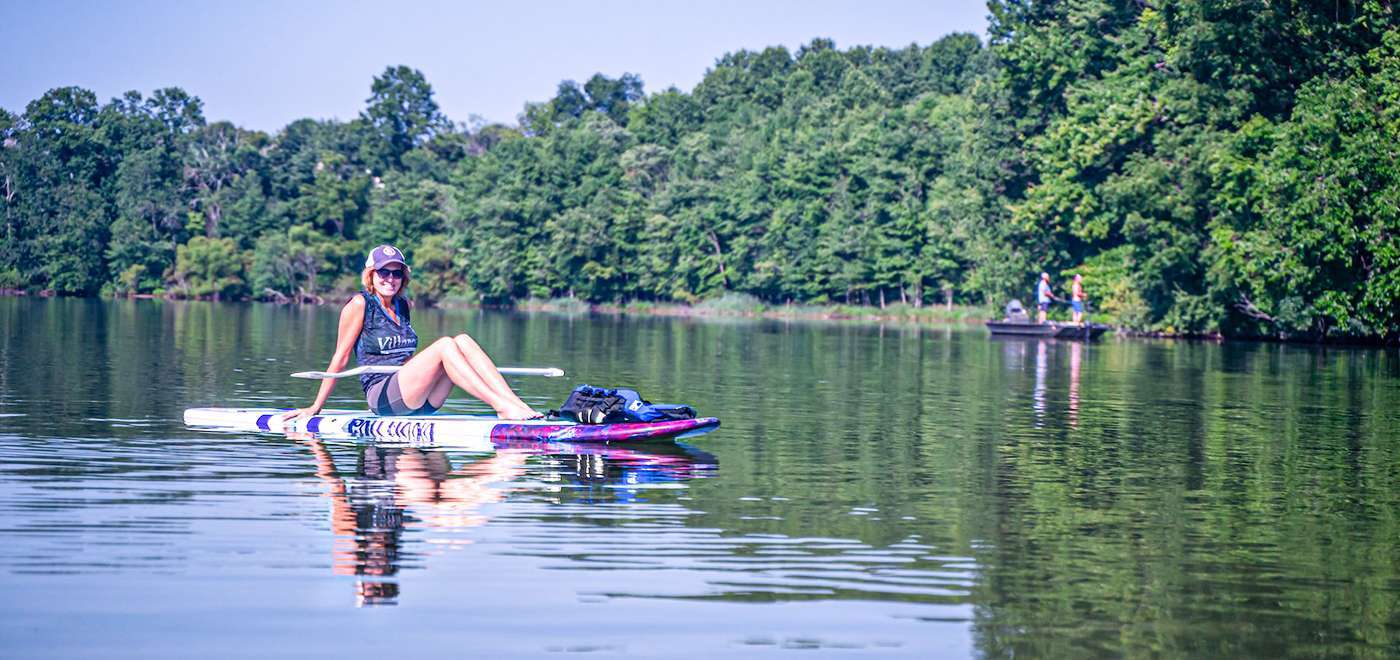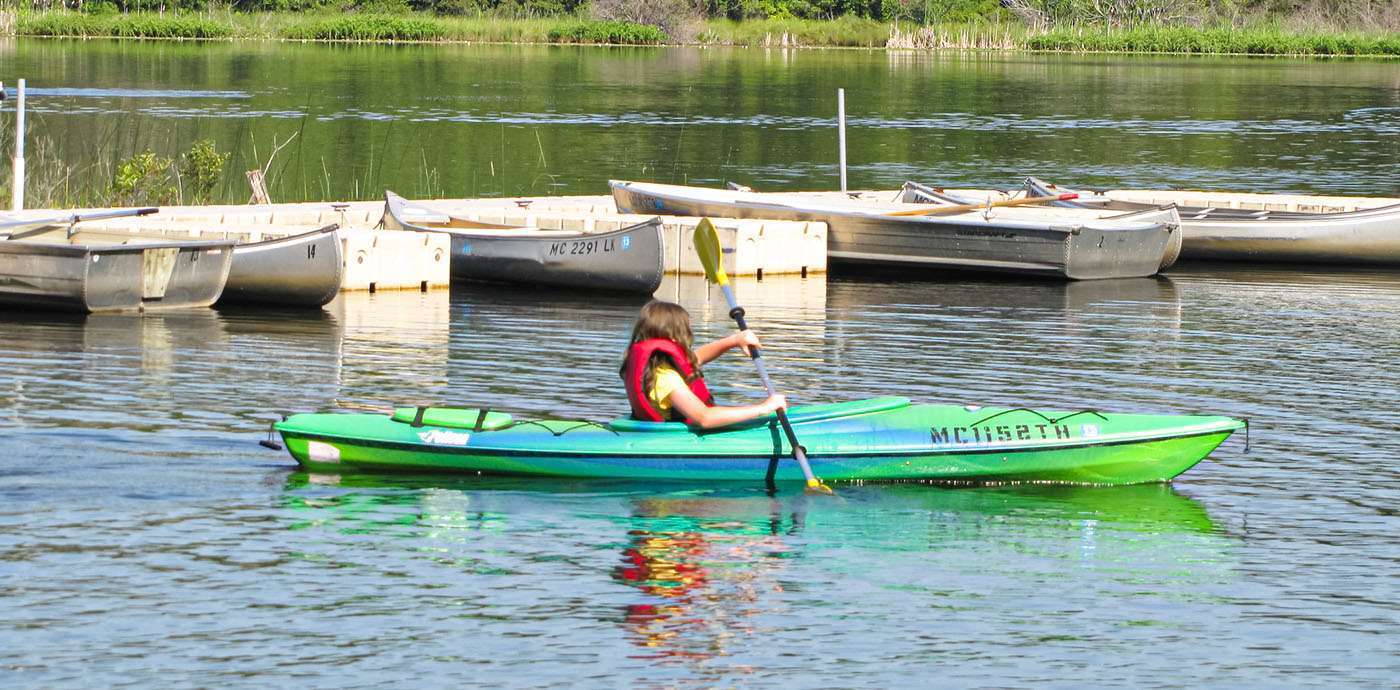Baitcasting 101
The first time I picked up a baitcaster I absolutely hated it to be honest. My dad gave me...
Best 6 Places to Kayak in Green Bay
Welcome to the adventurous world of kayaking in Green Bay, a hidden gem in the heart of Wisconsin. Known for its tranquil waters, vibrant...
Tips for Buying Your First Fishing Kayak
Kayak fishing is booming…one of the fastest growing sectors in the fishing industry right now. The number of new anglers coming into this...
The Top 5 Need to Know Knots
Alberto, trilene, san-diego jam, FG, albright, snell…no these are not the names of some 80’s...
Best 9 Places to Kayak in Sugar Land
Sugar Land, a vibrant city nestled in the heart of Texas, boasts an eclectic blend of urban sophistication and natural charm. Its unique...
Best 9 Places to Kayak in Hillsboro
Hillsboro, a city located in the U.S. state of Oregon, is a true haven for kayaking aficionados. With its diverse waterways, from serene...
Best 9 Places to Kayak in Dearborn
Dearborn, a city nestled in the heart of Michigan, is a hidden gem for kayaking enthusiasts. With...
Best 9 Places to Kayak in Fort Myers
Fort Myers, the vibrant city on Florida’s southwest coast, is a haven for outdoor enthusiasts. Its mild climate, breathtaking...
Best 5 Places to Kayak in Sandy Springs
Sandy Springs, Georgia, a charming city nestled along the banks of the Chattahoochee River, offers a wealth of kayaking opportunities. With...
10 Mesmerizing Kayaking Paradises in Alabama
Embarking on a journey of uncharted waters, we glimpse upon Alabama, an oasis teeming with...







